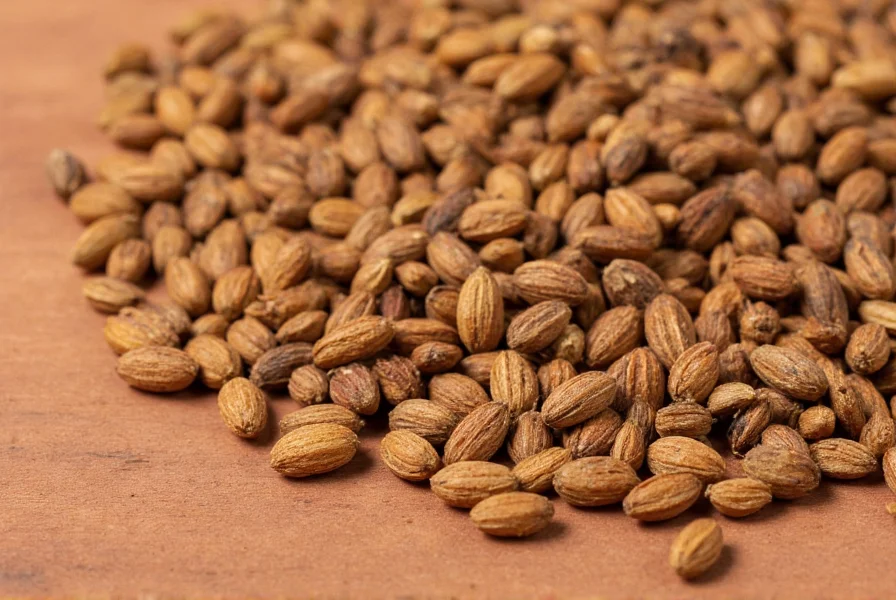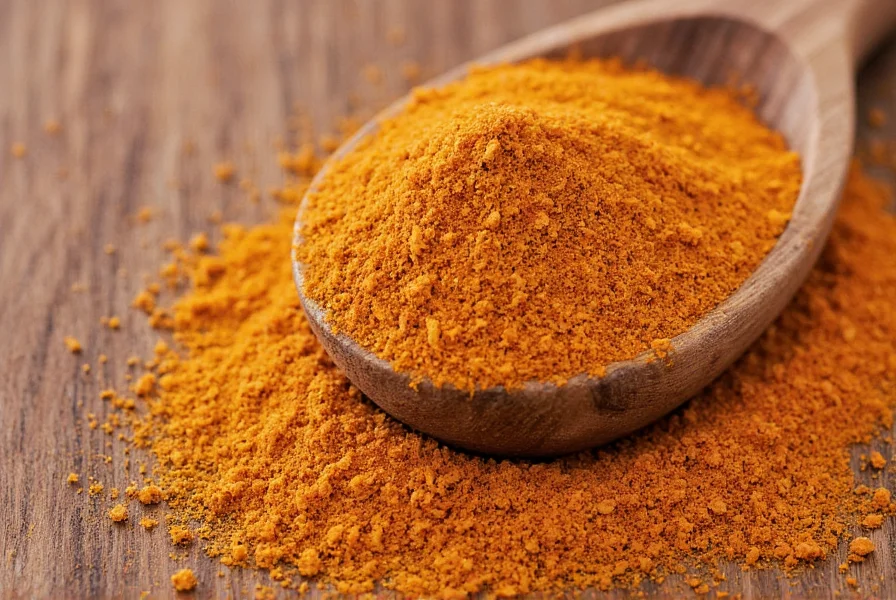Cumin has been prized for thousands of years across multiple civilizations. Ancient Egyptians used it both culinarily and in mummification processes, while Romans added it to bread recipes. Today, it ranks as the second most consumed spice worldwide after black pepper, with India producing approximately 60% of global supply.
Understanding Cumin: Botanical Background and Physical Characteristics
Cumin belongs to the same plant family as parsley, carrots, and coriander. The plant grows to about 12-20 inches tall and produces small white or pink flowers. What we use as spice are the dried seeds from its fruit.
| Characteristic | Details |
|---|---|
| Scientific Name | Cuminum cyminum |
| Seed Appearance | Small, oblong, yellow-brown seeds with nine ridges |
| Flavor Profile | Earthy, warm, slightly bitter, with citrus undertones |
| Common Forms | Whole seeds, ground powder |
Historical Journey of Cumin
Archaeological evidence shows cumin was used in ancient Mesopotamia as early as the 2nd millennium BCE. It traveled along spice routes to Mediterranean regions, where it became integral to Roman and Greek cooking. During the Middle Ages, cumin maintained its status as both a culinary staple and believed protective charm—soldiers carried it for luck in battle.
When European colonizers reached the Americas, they introduced cumin to what would become Mexican and Texan cuisines, where it now plays a starring role in dishes like chili con carne and adobo seasoning. This historical migration explains why cumin features prominently in such geographically diverse culinary traditions.

Culinary Applications Around the World
Understanding what cumin is used for reveals its remarkable versatility across global cuisines:
- Indian cuisine: Essential in garam masala, curry powders, and dishes like biryani and dal
- Mexican cuisine: Key component in chili powder, taco seasoning, and mole sauces
- Middle Eastern cuisine: Found in falafel, hummus, and baharat spice blend
- North African cuisine: Central to ras el hanout and harissa paste
Chefs often toast whole cumin seeds before grinding them, which enhances their aromatic compounds. This technique answers the common question about what does cumin taste like when properly prepared—it develops a richer, more complex flavor with reduced bitterness.
Nutritional Profile and Traditional Uses
While not a significant source of macronutrients, cumin contains several beneficial compounds. Two teaspoons (about 4g) of ground cumin provide:
- Approximately 16 calories
- 1g dietary fiber
- Important minerals including iron (20% of daily value), manganese, and calcium
- Antioxidants like terpenes, phenols, and flavonoids
Traditional medicine systems have utilized cumin for digestive support, though modern scientific research on cumin benefits and uses remains limited. Current studies suggest potential anti-inflammatory properties, but more research is needed before making definitive health claims.
Practical Kitchen Guidance
When working with cumin, understanding where does cumin come from helps appreciate its quality variations. Indian and Iranian cumin tends to have the strongest flavor, while Syrian cumin offers a more delicate profile. For best results:
- Store whole seeds in an airtight container away from light (they retain flavor for 1-2 years)
- Grind seeds just before use for maximum flavor impact
- Add ground cumin early in cooking to allow flavors to meld
- Add whole seeds to hot oil first to bloom their flavor

Cumin vs. Similar Spices
Many people wonder if cumin is the same as caraway, as both belong to the Apiaceae family and have similar seed shapes. However, they're distinct spices:
- Cumin: Earthy, warm, slightly citrusy, with a more intense flavor
- Caraway: Sweeter, with distinct anise/licorice notes
Visually, cumin seeds are lighter brown with more pronounced ridges, while caraway seeds are darker and more curved. This distinction matters when following recipes that specify what is cumin spice used for in particular culinary traditions.
Common Questions About Cumin
What is the difference between cumin and ground cumin?
Cumin refers to the whole seeds of the Cuminum cyminum plant, while ground cumin is those seeds that have been milled into powder. Whole seeds retain their flavor longer (up to 2 years when stored properly), while ground cumin loses potency more quickly (about 6 months). Many chefs prefer toasting and grinding whole seeds just before use for maximum flavor.
Can I substitute cumin in recipes?
While no substitute perfectly replicates cumin's unique flavor, caraway seeds (use half the amount) or a combination of coriander and chili powder can work in a pinch. For Mexican dishes, chili powder often contains cumin already. In Indian recipes, ground coriander with a pinch of turmeric might suffice, though the flavor profile will differ significantly.
Is cumin good for digestion?
Traditional medicine systems have used cumin for digestive support for centuries. Some modern studies suggest cumin may stimulate digestive enzymes and reduce bloating, but more research is needed. Many people find that dishes containing cumin, like lentil soups or bean stews, are easier to digest, possibly due to cumin's natural compounds that may help break down complex carbohydrates.
Why does my cumin taste bitter?
Cumin can develop a bitter taste when overheated or burned. To prevent this, toast whole seeds over medium-low heat just until fragrant (about 1-2 minutes), then remove from heat immediately. When using ground cumin, add it to dishes after other ingredients have partially cooked, as prolonged high heat can cause bitterness. Old or stale cumin may also taste more bitter than fresh.
What gives cumin its distinctive flavor?
Cumin's unique flavor comes primarily from cuminaldehyde, which accounts for about 30-50% of its essential oil composition. Other compounds like cymene, terpenes, and pyrazines contribute to its earthy, warm, slightly citrusy profile. The specific terroir where cumin is grown affects these compound concentrations, which is why cumin from different regions has subtle flavor variations.











 浙公网安备
33010002000092号
浙公网安备
33010002000092号 浙B2-20120091-4
浙B2-20120091-4